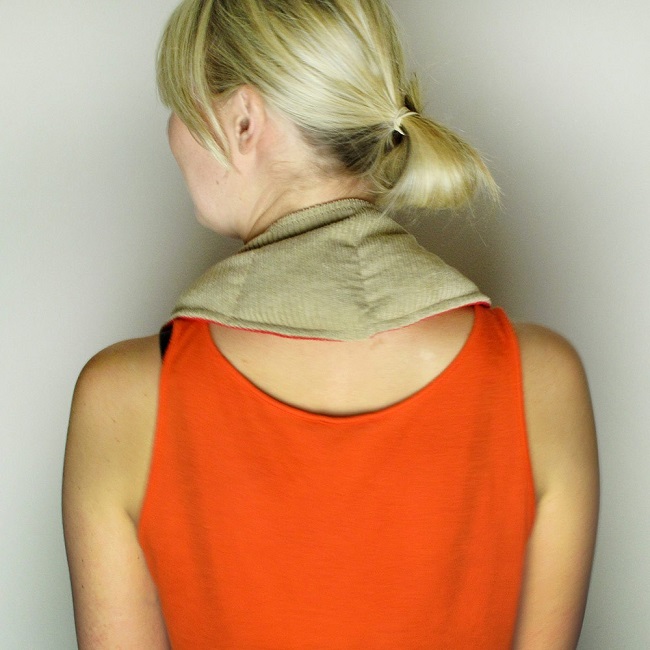Whether you are a successful athlete or striving to become one, you are surely well aware of the possible injuries that can occur when training and competing. That being said, treatments with hot and cold packs can be significantly helpful for a number of conditions and injuries.

An important thing that you need to know is how to use hot and cold treatments and in which instances you can include both. Knowing when to use hot and cold packs for injury therapies is bound to increase the effectiveness of the treatments. Generally, hot and cold packs are great for pain management, postoperative inflammation, swelling, migraines, stress and tension. Let’s go into more details.
First, let’s start with heat therapy. Heat therapy helps with the improvement of circulation and blood flow of a particular area. This is due to the increased temperature of the area that is being treated. Heat therapy soothes discomfort, increases muscle flexibility, heals damaged tissue and helps in treating muscle spasms and strains. There are two types of heat treatments. Dry heat and moist heat. Dry heat uses sources like heating packs, dry heating packs and in some cases, saunas. On the other hand, moist heat uses sources like steamed towels, moist heating packs or hot baths. Another perk from heat therapy is the reduction of inflammation and congestion in your tissues. When it comes to how long this treatment is supposed to last, it is recommended that you have 15 to 20 min session for minor stiffness or tension, and longer sessions lasting between 30 min to about two hours for moderate to severe pain.
Second, let’s go through the benefits and application of cold therapy. This therapy does the trick by reducing the blood flow in a particular area, which helps in the reduction of inflammation and swelling which cause pain, especially around the joints or tendons. Additionally, cold therapy treats acute injuries of your musculoskeletal system and also helps with muscle spasms and muscle pain. The cold cools your skin’s surface and underlying tissues, which results in narrowing of your blood vessels. This causes a reduction in the blood volume of the affected area, resulting in reduced swelling. There are more ways in which you can apply cold therapy to an affected area. You can use ice packs, frozen gel packs, coolant sprays, ice massage or ice baths. Cold treatment should be employed as soon as possible after an injury. It should be applied several times a day, for short periods of time. In order to avoid any nerve, tissue and skin damage don’t use cold treatment for longer than 20 min per session. Ten to fifteen minutes is fine and enough to do the job.
Finally, there is also the contrast therapy. When applied in a successive way, heat and coldness are believed to exert a psychological effect on pain, which temporarily alters pain signals travelling to and from your brain. This is especially convenient for those suffering from long-lasting painful injuries. You can apply contrast therapy to the affected area by using hot and cold packs in order to achieve the much-needed pain relief.


